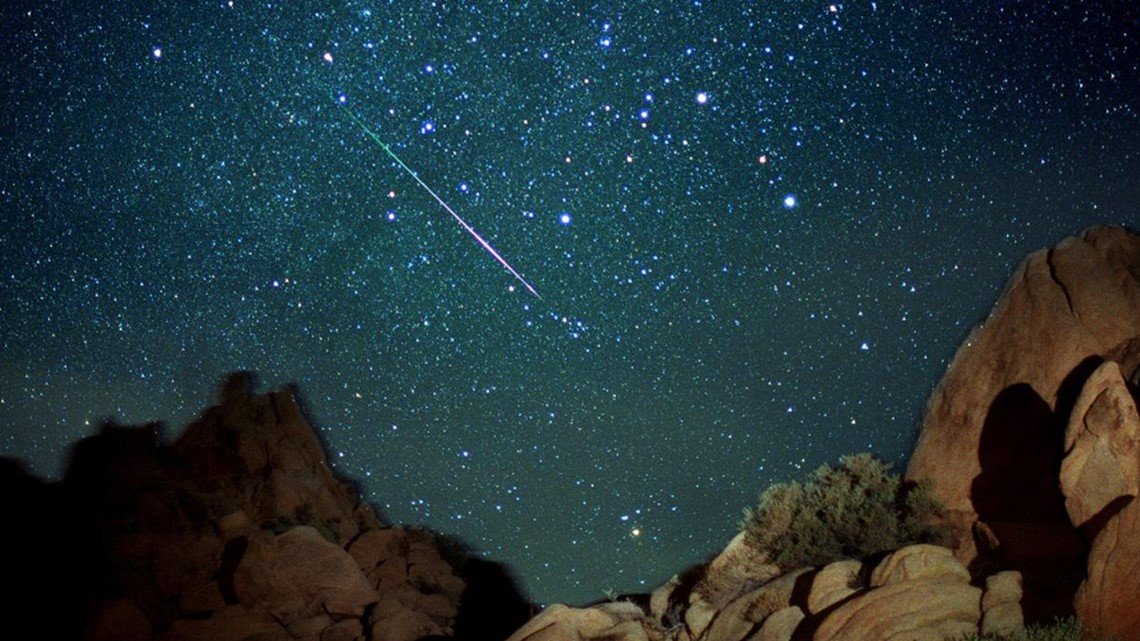aerospace
Unforgettable Skywatching Highlights to Catch in 2025

As 2025 approaches, stargazers eagerly anticipate a series of spectacular celestial events across the United States. Major highlights include a total lunar eclipse and several iconic meteor showers, making the year ideal for night sky enthusiasts.
The year kicks off with the Quadrantids meteor shower, which peaks from January 3 to 4. Known for its dramatic display, this shower can produce up to 120 meteors per hour under perfect conditions. However, the peak lasts only a few hours, a trait that sets it apart from other meteor showers.
March brings a significant astronomical event: a total lunar eclipse on the 14th. During this phenomenon, the moon will pass through Earth’s shadow, gaining its distinctive reddish hue, often referred to as a “Blood Moon.” The intensity of the color can vary depending on atmospheric conditions at the time.
Later in the spring, the Lyrids meteor shower is expected to be visible around Earth Day, peaking on April 22 and 23. This storied shower, observed for over 2,700 years, can feature bright fireballs and, under ideal conditions, yield up to 15 meteors per hour.
The summer months will highlight the Perseid meteor shower, which peaks on the mornings of August 12 and 13. Although often a spectacular sight, meteor activity may be somewhat diminished this year due to interference from a bright waning gibbous moon. Still, observers may catch between 50 to 100 meteors per hour during peak times.
November will host the Leonid meteor shower, which will peak between the 17th and 18th. While only about 15 meteors per hour are expected, this shower has a history of explosive storms that captivate audiences, the last of which occurred in 2002.
As the year winds down, the Geminids meteor shower, considered one of the best of the year, will peak from December 13 to 14. Under clear skies, viewers can expect up to 120 meteors per hour, often with a greenish hue, making for a stunning display.
With a lineup of events promising both beauty and wonder, 2025 stands to be a memorable year for astronomy enthusiasts across the nation.


















